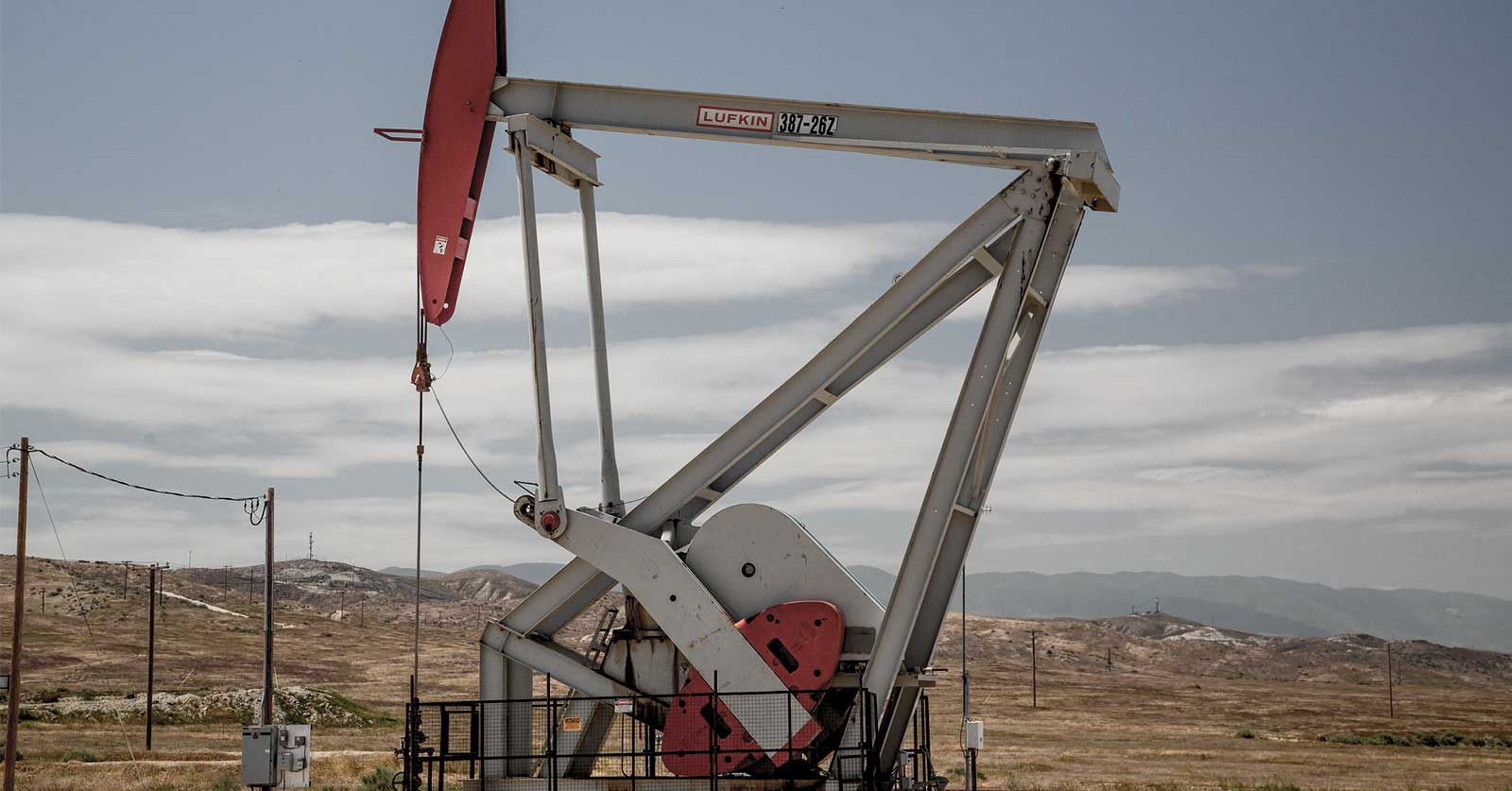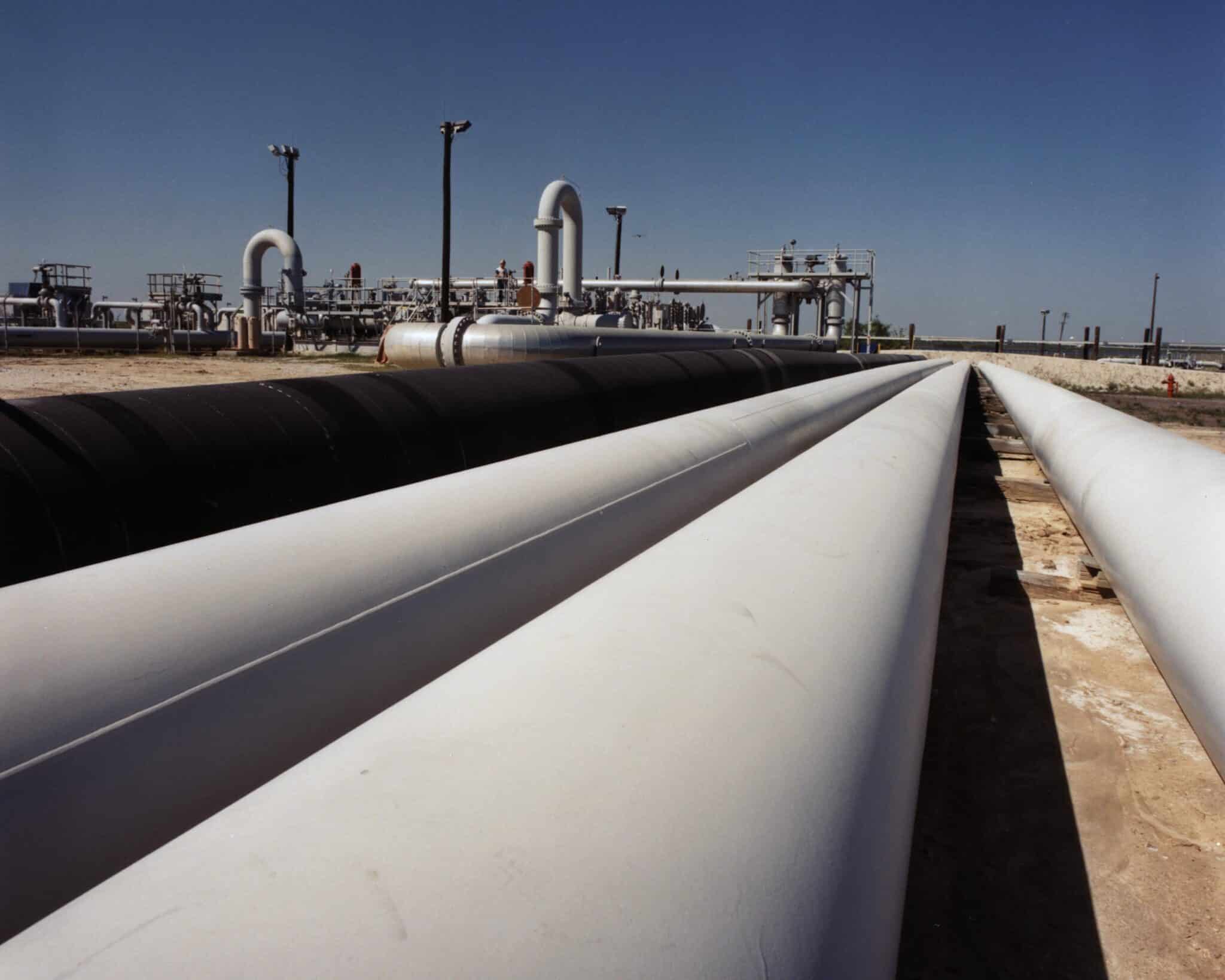The fiscal year (FY) 2025 President’s budget request for the Department of Energy (DOE) remains flat compared to the FY24 funding level, with a 2.33% increase across all program areas.
DOE’s FY25 request for Atomic Energy Defense Activities funding is $33.7 billion, 2.4% over FY24 funding, with the bulk of the increase from the National Nuclear Security Administration (NNSA), which oversees the nation’s nuclear warhead stockpile (Read our analysis here). The FY25 budget requests $25 million for NNSA, 3.6% over FY24 appropriations and 16% over FY23 funding level. The Office of Petroleum Reserves also requests a 12% funding boost compared to FY24 levels.
Other offices at the DOE that oversee research and development (R&D) programs spread across various technologies and sectors (except for the Office of Clean Energy Demonstration) remain relatively flat. Although DOE proposes a few structural changes in the budget request that would split up the offices, the program-level funding amounts remain on par with what was appropriated in FY24. Overall, funding for DOE programs in FY25 would remain high because of boosts from the Infrastructure Investments and Jobs Act (IIJA, P.L. 117-58).
DOE requests $180 million for the Office of Clean Energy Demonstration (OCED) in the FY25 budget, a 260% increase compared to the $50 million OCED received in FY24. DOE explains that its FY25 funding request is needed to expand staff and continue to build OCED’s portfolio, as the office received more than $25 billion in funding from the IIJA and the Inflation Reduction Act (IRA) to support large scale demonstration projects. Congress matching this request, however, is unlikely; since its establishment, the Administration has requested a combined $329 million in funding for OCED and received less than half that amount, $159 million.
The total for the Office of Nuclear Energy comes out to 5.6% less than the FY24 funding level. The office already received $2.5 billion from the IIJA to support its Advanced Reactor Demonstration Program and is wrapping up its expensive program on Small Modular Reactors (SMR)—the first SMR plant was cancelled last year after more than a decade of funding.
One of few programs in the Office of Nuclear Energy to receive a proposed increase in funding is Advanced Nuclear Fuel Availability, which focuses on the development of high-assay, low-enriched uranium (HALEU) fuel. In addition to regular appropriations, DOE was funded $700 million in the IRA to increase the availability of HALEU. The recently enacted FY24 appropriations also made up to $2.72 billion in funding originally intended for the Civil Nuclear Credit (CNC) program – almost half of the $6 billion appropriated to the CNC program in the IIJA – available for DOE to increase the availability of HALEU.
The Office of Fossil Energy and Carbon Management (FECM) gets a proposed 4.5% boost from recent FY24 appropriations, with the focus of carbon capture and storage R&D shifting away from point-source capture (-25%) to carbon removal (+29%), a program that includes Direct Air Capture (DAC) and Marine Carbon Dioxide Removal. FECM also requests an increase for methane mitigation technologies (+38%), among other programs.
To address the internal capacity needed to disperse and oversee increased funding from the IIJA and the IRA, DOE requests 17% more for department wide program administration and 73% more for the Office of Inspector General (OIG) than it received in FY24. It is paramount for DOE OIG to be sufficiently funded to support robust oversight of programs funded under the IIJA and IRA. Although DOE has previously requested $165 million for OIG for FY24, Congress only provided $86 million, or around half of the requested amount, despite various IG offices calling for increase funding during congressional hearings. If Congress continues to fail to provide sufficient resources for OIG, transparency and accountability of DOE program will be compromised.
| DOE | FY2024 Enacted | FY2025 Budget | % Change |
| Energy Programs | |||
| Energy Efficiency and Renewable Energy | 3,460,000 | 3,118,000 | -9.88% |
| State and Community Energy Programs | – | 574,000 | |
| Manufacturing and Energy Supply Chains | – | 113,350 | |
| Federal Energy Management Program | – | 64,000 | |
| Cybersecurity, Energy Security and Emergency Response | 200,000 | 200,000 | 0.00% |
| Electricity | 280,000 | 293,000 | 4.64% |
| Grid Deployment | 60,000 | 101,870 | 69.78% |
| Nuclear Energy | 1,685,000 | 1,440,660 | -14.50% |
| Fossil Energy and Carbon Management | 865,000 | 900,000 | 4.05% |
| Clean Energy Demonstration | 50,000 | 180,000 | 260.00% |
| Science | 8,240,000 | 8,583,000 | 4.16% |
| ARPA-E | 460,000 | 450,000 | -2.17% |
| Technology Transitions | 20,000 | 27,098 | 35.49% |
| Energy Projects | 83,724 | 0 | -100.00% |
| Office of Petroleum Reserves | 233,650 | 261,429 | 11.89% |
| Non-defense Environmental Cleanup | 342,000 | 314,636 | -8.00% |
| Uranium Enrichment Decontamination and Decommissioning Fund | 855,000 | 854,182 | -0.10% |
| Nuclear Waste Disposal | 12,040 | 12,040 | 0.00% |
| Title 17 Loan Guarantee Program | 0 | 0 | |
| Advance Technology Vehicles Manufacturing Loan | 13,000 | 27,508 | 111.60% |
| Tribal Energy Loan Guarantee Program | 6,300 | 6,300 | 0.00% |
| Energy Information Administration | 135,000 | 141,653 | 4.93% |
| Indian Energy Policy and Programs | 70,000 | 95,000 | 35.71% |
| Departmental Administration | 286,500 | 334,671 | 16.81% |
| Office of Inspector General | 86,000 | 149,000 | 73.26% |
| Total, Energy Programs | 17,443,214 | 18,061,839 | 3.55% |
| Atomic Energy Defense Activities | |||
| National Nuclear Security Administration | 24,135,000 | 24,997,000 | 3.57% |
| Environmental and Other Defense Activities | 8,650,000 | 8,584,675 | -0.76% |
| Total, Atomic Energy Defense Activities | 32,785,000 | 33,581,675 | 2.43% |
| Power Marketing Administrations | 111,540 | 112,523 | 0.88% |
| FERC | 0 | 0 | |
| Total, DOE | 50,246,754 | 51,415,029 | 2.33% |










